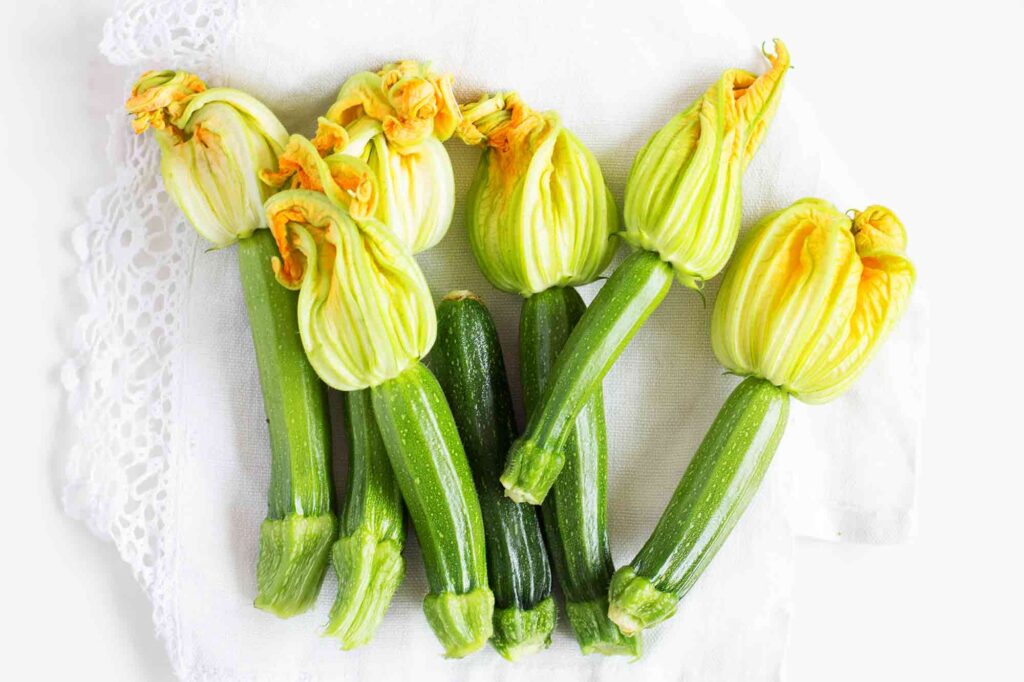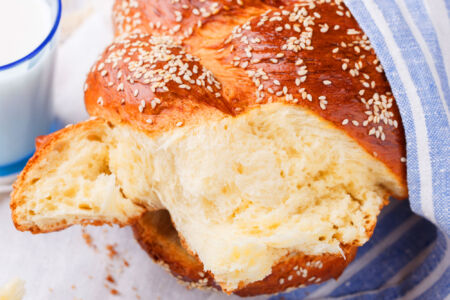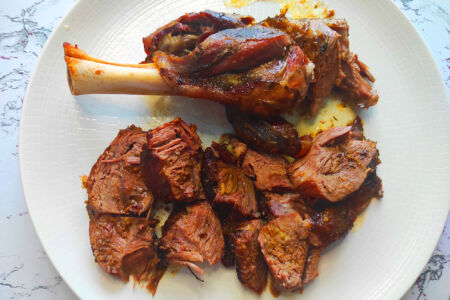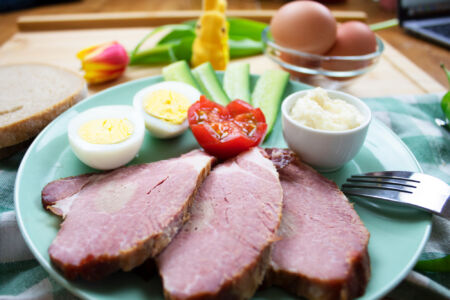Exploring the Culinary Delights of Edible Flowers, Did you tried yet?
In the world of gastronomy, creativity knows no bounds. From molecular gastronomy to fusion cuisines, chefs are always seeking new ways to tantalize taste buds and engage diners' senses.
One such avenue of culinary exploration is the use of edible flowers, which adds not only visual appeal but also unique flavors to dishes.
These blossoms, often overlooked, have a rich history in various cultures and are now gaining popularity for their culinary potential.
Edible flowers are exactly what they sound like – flowers that can be consumed safely. While not all flowers are fit for consumption, many have found their way into kitchens, adding an exquisite touch to both sweet and savory dishes.
Nasturtiums, for instance, bring a peppery zest, while pansies offer a mild, slightly grassy flavor. Roses are known for their floral and subtly sweet taste, making them perfect for desserts, and violets lend themselves well to salads and desserts alike.
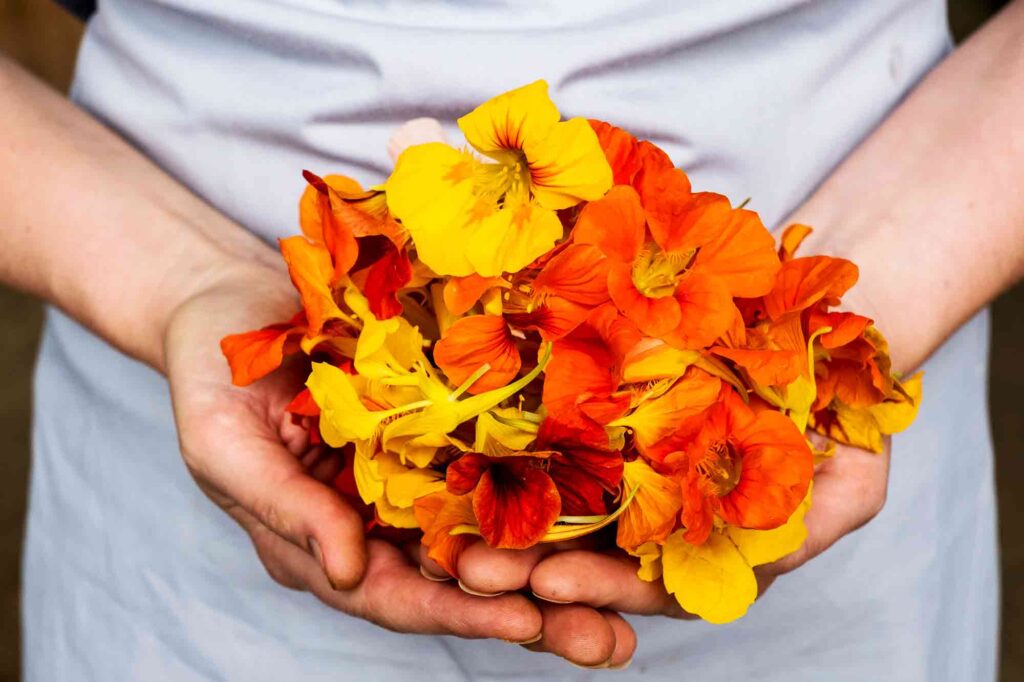
The trend of using flowers in cooking isn't new.
Ancient Romans, Chinese, and Middle Eastern cultures have historically used flowers in their culinary practices. In contemporary cuisine, renowned chefs are once again embracing these botanical ingredients, elevating dishes from ordinary to exceptional.
This revival is driven by the growing interest in locally sourced and sustainable ingredients.
However, before indulging in floral gastronomy, a few guidelines should be kept in mind.
Firstly, not all flowers are edible; some can be toxic. It's crucial to positively identify flowers and source them from reputable suppliers. Additionally, flowers from florists should be avoided as they might be treated with pesticides not meant for consumption.
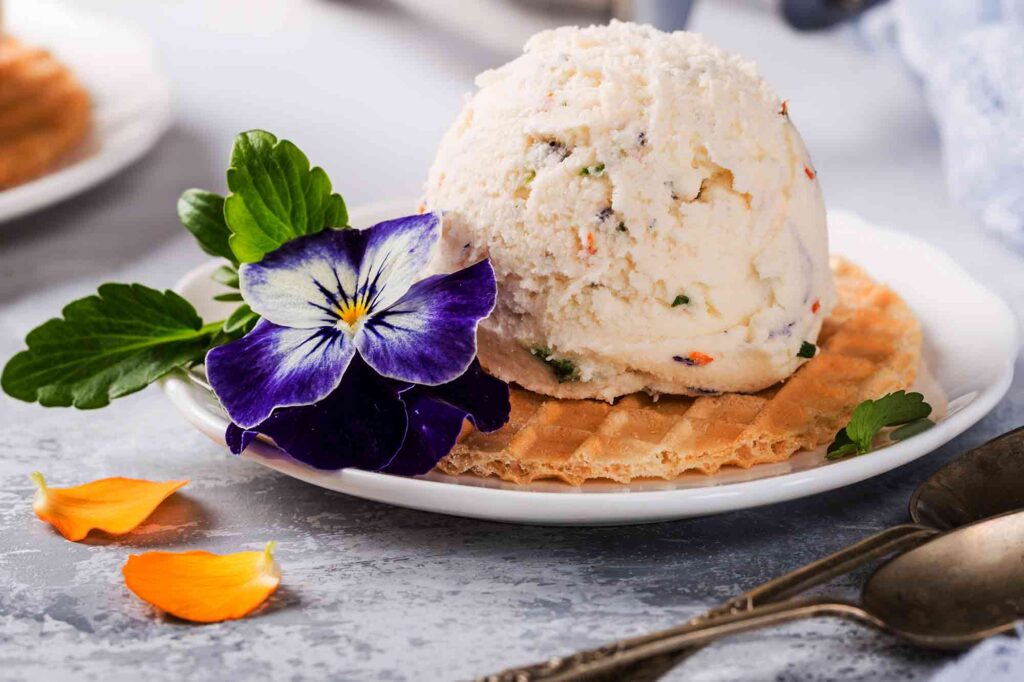
When incorporating edible flowers
into your cooking, moderation is key. Their flavors can be intense, so using them sparingly ensures that they enhance the dish rather than overpower it. Flowers can be used to garnish salads, desserts, cocktails, and even main courses.
They also make for delightful and visually appealing additions to ice cubes, jellies, and butters.
Before using flowers in your dishes, it's a good practice to taste a small amount to familiarize yourself with their flavor profile. Some flowers might have a bitter or astringent taste, which might not be suitable for all palates.
In conclusion, the world of edible flowers is blooming with possibilities for culinary enthusiasts.
These delicate blooms offer a chance to explore new tastes and elevate the aesthetic appeal of dishes. As this trend gains momentum, it's important to approach it with caution, ensuring that the flowers chosen are indeed edible and safe for consumption.
With the right knowledge and a dash of creativity, anyone can embark on this floral culinary adventure and create memorable dining experiences.

